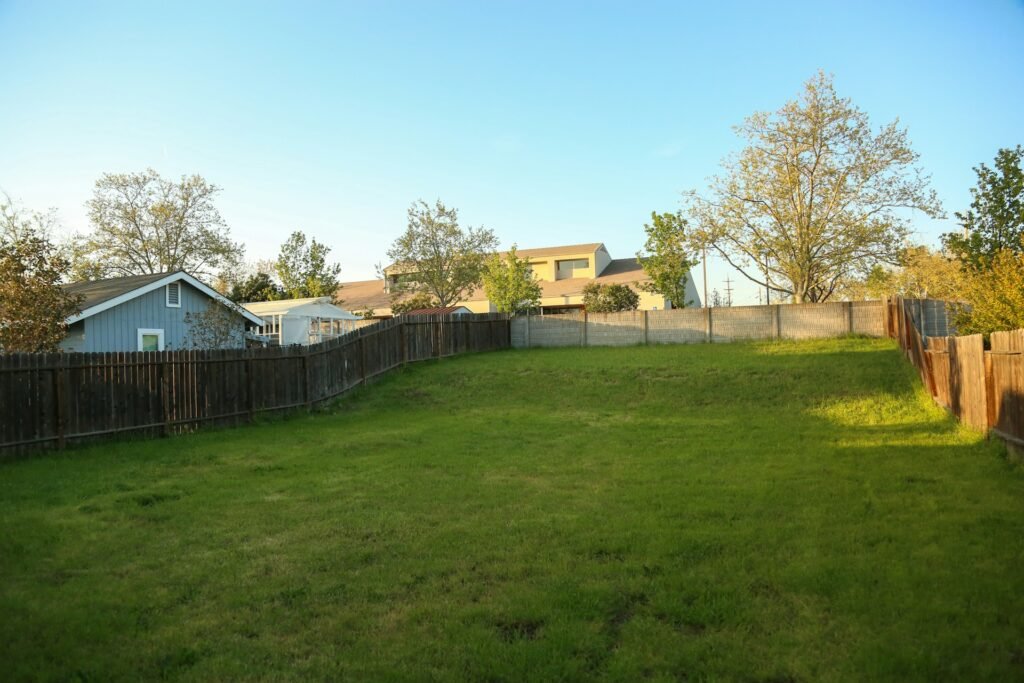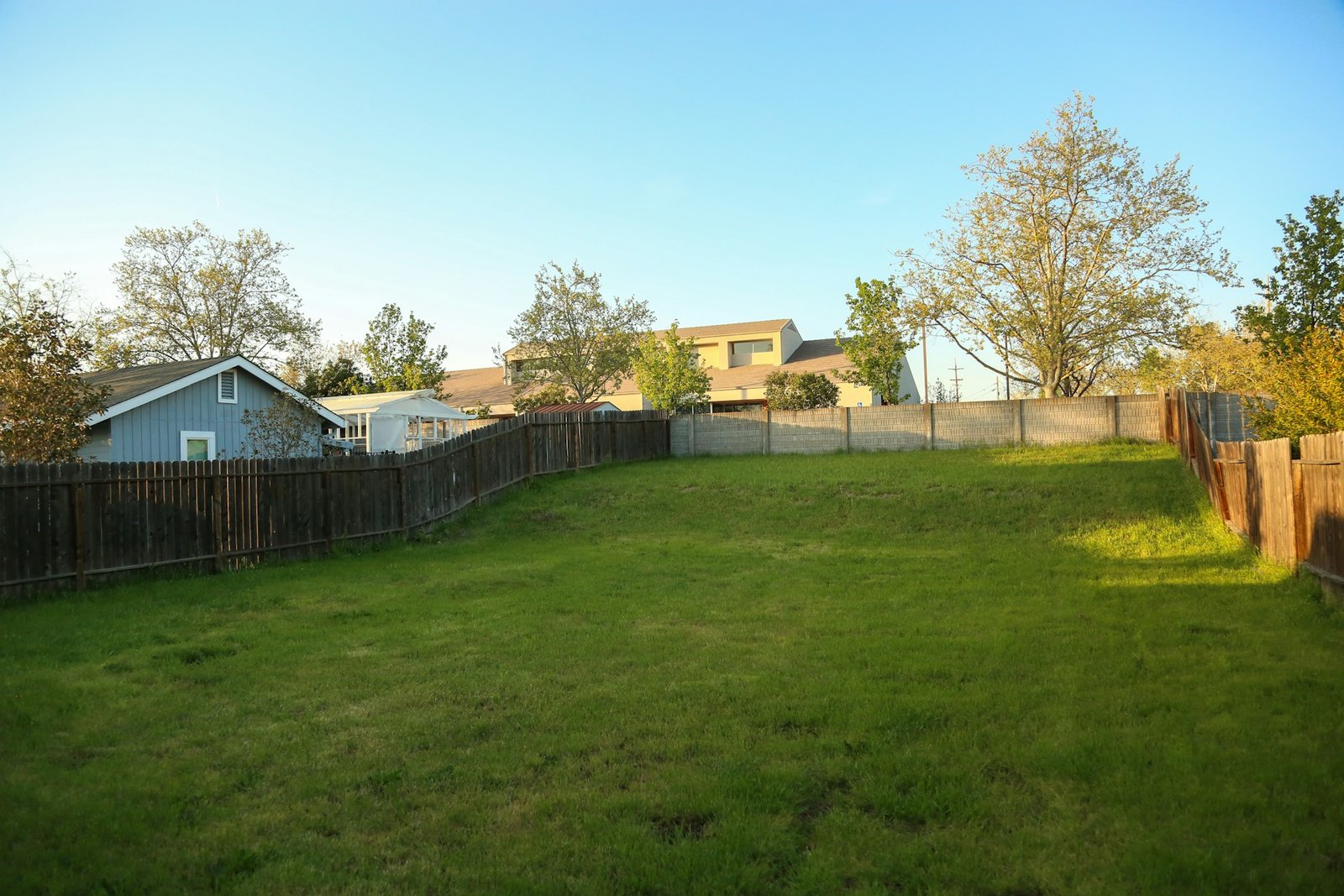Many homeowners feel stuck when they look at their sloped backyard. The uneven ground often makes it hard to set up furniture or even create a safe place for children to play. For some, the yard becomes a forgotten space that adds little to the home’s appeal or daily use. Yet with careful planning, a sloped yard can become one of the most inviting and functional parts of your property.
Transforming a challenging outdoor space is not just about solving practical problems. A well-designed sloped yard can boost the beauty of your home, make gatherings more enjoyable, and add long-term value to your property.
Here are some approaches that can help you get the most out of your sloped yard, starting with the basics.

Use Terracing to Create Levels
Terracing is one of the most effective ways to handle steep or uneven ground. By cutting into the slope and creating flat levels, you turn difficult terrain into usable sections. These levels can serve different purposes. One might hold a garden, another a dining space, and another a small lawn for kids. The layered effect also adds structure and interest to the yard.
Terracing does more than create space. It helps control soil erosion by keeping the ground in place. It also makes maintenance easier because each level can be managed separately. Depending on the steepness of your slope, you can build terraces using natural stone, concrete blocks, or treated wood.
Build Decks That Work with the Slope
When the incline is too sharp for terracing alone, a deck is often the best solution. Instead of fighting against the slope, a deck works with it by creating a raised platform. This gives you a level surface without the need for heavy excavation.
In some yards, split level deck designs are especially useful. These allow you to build multiple platforms at different heights, connected by steps. This design not only solves the slope issue but also creates natural zones for different activities, such as dining, lounging, or cooking. A well-placed deck can make your sloped yard both functional and attractive.
Create Natural Pathways for Movement
Safe and easy movement is key when designing a sloped yard. Without clear pathways, it can be hard to use different areas of the space. Adding steps or walkways makes the yard more practical and more welcoming. Pathways also guide the eye, giving structure to the overall layout.
There are many simple options for building paths. Stone steps give a natural look, gravel paths are affordable and easy to install, and wooden walkways add warmth. Whatever material you choose, focus on durability and safety. Gentle curves and well-placed landings can make the slope feel less steep and more inviting. Good pathways also help prevent soil erosion by directing foot traffic away from vulnerable areas.
Add Retaining Walls for Stability and Style
Retaining walls serve a dual purpose in a sloped yard. They hold soil in place, preventing erosion and drainage issues, while also adding visual structure to the space. A well-built wall can create flat planting areas or seating spaces, making your yard more versatile.
The design options for retaining walls are wide-ranging. Natural stone creates a rustic, organic feel, while concrete blocks offer strength and modern style. Wood is another option for smaller walls, though it may require more upkeep. The key is to choose materials that complement your home and the rest of your landscaping. Retaining walls don’t just solve problems—they can also add texture and character to your outdoor retreat.
Blend Landscaping with Structure
Plants play an important role in making a sloped yard feel welcoming. When used thoughtfully, landscaping softens the hard lines of terraces, decks, and retaining walls. Groundcover plants help stabilize soil on small slopes and reduce erosion. Shrubs and perennials can be placed in tiers to highlight the different levels of the yard.
Choosing the right plants makes a big difference. Native species are often the best choice because they adapt well to local weather and soil conditions. They also require less maintenance than plants that aren’t suited for the region. Mixing greenery with built structures balances the space, turning a practical layout into a visually appealing retreat.
Make Use of Water Features in the Landscape
A sloped yard provides a natural opportunity for water features. Cascading fountains or small streams use gravity to create movement, and they work especially well on inclines. Even a modest waterfall paired with a pond can bring both sound and visual interest to the space.
Beyond their appeal, water features can also help with drainage. By directing rainwater into planned channels or basins, you reduce the risk of pooling or erosion. Installing these systems requires planning and, in many cases, professional input to ensure proper flow and safety. When done right, a water feature adds a sense of calm while also serving a useful purpose.
Improve Lighting for Safety and Comfort
Lighting is essential in any outdoor area, but it is especially important in sloped yards where steps and uneven ground can pose risks. Path lights guide movement safely across the yard. Step lights make stairs easier to use after dark. String lights or wall-mounted fixtures add warmth and extend the usability of decks or patios into the evening.
The type of lighting you choose should match the yard’s layout. Solar-powered fixtures are a good option for pathways, while low-voltage systems provide consistent illumination for larger areas. Beyond safety, lighting also creates atmosphere. A well-lit yard feels more inviting and makes outdoor relaxation possible at any time of day.
A sloped yard doesn’t need to be wasted space. With the right approach, it can become a functional, beautiful extension of your home. Terraces, decks, retaining walls, and thoughtful landscaping all work together to create an outdoor retreat that fits your lifestyle. By adding seating areas, water features, and lighting, you can turn a difficult yard into a safe and comfortable place for daily enjoyment. Planning for long-term maintenance ensures the improvements last for years.
When you see a slope as an opportunity rather than a barrier, you open the door to creative design solutions. With careful planning and smart choices, your backyard can become the relaxing outdoor escape you’ve always wanted.








